Home>Garden Essentials>What Birds Eat Seeds
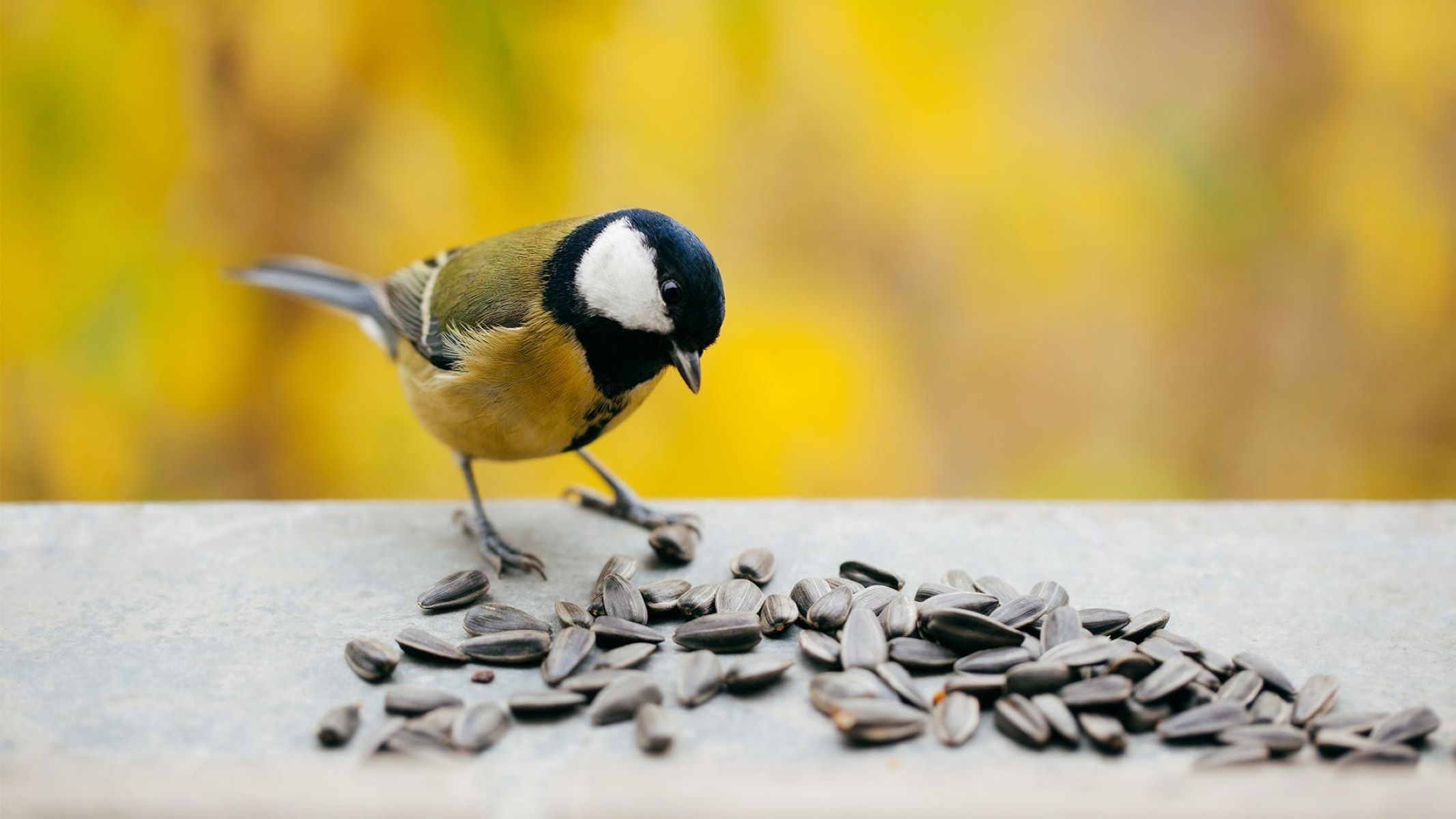

Garden Essentials
What Birds Eat Seeds
Modified: September 1, 2024
Discover what seeds garden birds eat and how to attract them to your yard. Enhance your bird-watching experience and create a bird-friendly haven.
(Many of the links in this article redirect to a specific reviewed product. Your purchase of these products through affiliate links helps to generate commission for Storables.com, at no extra cost. Learn more)
Introduction
Welcome to the fascinating world of birds and their dietary habits! While birds consume a variety of foods, one of the key components of their diet is seeds. Seeds serve as a vital source of nutrition for many bird species, providing them with essential nutrients and energy to survive and thrive.
Understanding the importance of seeds in bird diets can shed light on the ecological relationships between birds and plants, as well as the role of birds in seed dispersal and plant reproduction. In this article, we will delve into the intriguing topic of what birds eat when it comes to seeds.
From small songbirds to larger birds of prey, seeds are a common food source across a wide range of bird species. Whether they forage on the ground, in trees, or even in the water, birds have evolved various techniques to locate, access, and consume different types of seeds.
In addition to the natural behaviors exhibited by birds in relation to seeds, there is also a fascinating interplay between birds and plants. Birds play a crucial role in seed dispersal, helping plants to colonize new areas and maintain their genetic diversity. They also contribute to the survival of certain plant species, as the seeds they consume can pass through their digestive system unharmed, aiding in the seed’s successful germination.
Furthermore, seed consumption by birds can have both positive and negative impacts on bird populations and plant communities. By consuming seeds, birds contribute to the control of plants that may otherwise become invasive. However, excessive seed predation can deplete seed sources and have detrimental effects on plant propagation.
As we explore the fascinating world of birds and their seed-eating habits, we will also touch on the importance of conservation efforts in protecting both bird populations and the plants they rely on for sustenance. By understanding the intricate relationships between birds and seeds, we can implement measures to preserve these delicate ecosystems and ensure the continued survival of our feathered friends.
So, let’s embark on this journey together and delve into the remarkable ways birds interact with seeds to sustain themselves and shape their environment.
Key Takeaways:
- Birds rely on seeds for essential nutrients, energy, and reproduction. They play a crucial role in seed dispersal and maintaining the balance of plant communities within ecosystems.
- Conservation efforts are vital to protect bird populations and the plant communities they rely on. Preserving diverse habitats and managing invasive plant species are key considerations.
Read more: What Birds Eat Nyjer Seed
Importance of Seeds in Bird Diets
Seeds play a crucial role in the diets of many bird species, serving as a primary source of nutrition and energy. Birds have evolved to be highly efficient at extracting nutrients from seeds, making them an essential component of their diet. Let’s explore why seeds are so important to birds:
- Nutritional Value: Seeds are packed with essential nutrients that birds need to maintain their health. They provide a rich source of proteins, carbohydrates, fats, and vitamins, which are necessary for growth, reproduction, and overall well-being.
- Energy Source: Birds require a considerable amount of energy to fuel their daily activities, including flying, foraging, and nesting. Seeds, with their high caloric content, are an excellent energy source, enabling birds to meet their metabolic needs.
- Dietary Diversity: A diverse diet is vital for a bird’s overall health and survival. While birds consume other food sources such as insects, fruits, and nectar, seeds provide a stable and abundant food source that is available year-round. This dietary diversity ensures that birds can adapt to fluctuations in food availability throughout the seasons.
- Seed Gathering Efficiency: Birds exhibit remarkable foraging skills when it comes to gathering seeds. They have specialized beaks and digestive systems that allow them to efficiently crack open seed shells and extract the valuable contents inside. This efficiency enables birds to obtain a substantial amount of nutrition from seeds, even in environments where other food sources may be scarce.
- Seed Dispersal: Birds play a vital role in seed dispersal, helping to transport seeds to new locations. As birds consume seeds, they often carry undigested seeds in their digestive tracts and deposit them in different areas through their droppings. This process allows plants to colonize new habitats, contribute to genetic diversity, and maintain healthy populations.
It’s important to note that the importance of seeds in bird diets varies among different species. While some birds have a higher dependence on seeds as their primary food source, others rely on a combination of seeds, insects, and other food items.
Overall, seeds are an indispensable part of bird diets, providing them with essential nutrients, energy, and the ability to contribute to the ecological balance of the ecosystems they inhabit. The intricate relationship between birds and seeds highlights the interconnectedness of organisms in the natural world and underscores the significance of conserving both bird populations and the plant communities they rely on.
Types of Seeds Consumed by Birds
Birds display a remarkable diversity in the types of seeds they consume. The specific seed preferences of birds can vary based on their habitat, beak morphology, and foraging behavior. Let’s explore some of the different types of seeds that birds include in their diet:
- Grass and Grain Seeds: Many bird species, such as sparrows, finches, and buntings, have adapted to feed on grass and grain seeds. These seeds are typically small and are found in grasslands, agricultural fields, and meadows. Birds with smaller beaks are adept at foraging on the ground for grass and grain seeds.
- Tree and Shrub Seeds: Certain bird species have specialized beaks that allow them to crack open tougher seeds found in trees and shrubs. Examples include woodpeckers, crossbills, and finches. These birds often extract seeds from the cones of coniferous trees or forage on the fruits of various shrubs.
- Wildflower and Weed Seeds: Birds also consume a wide variety of wildflower and weed seeds. Species like sparrows, cardinals, and juncos can be seen foraging on the ground or perched on plants, extracting seeds from drying flower heads or weed stalks.
- Wetland Plant Seeds: Waterbirds and wetland-dwelling birds have adapted to feed on seeds from aquatic plants. Birds such as ducks, geese, and coots are known to consume seeds from aquatic vegetation like bulrushes, sedges, and pondweeds.
- Fruit Seeds: While fruits are not technically seeds, birds play an important role in seed dispersal by consuming fruits and spreading the seeds through their droppings. Many bird species, including thrushes, orioles, and tanagers, feed on fruits that contain seeds and aid in the dispersal and germination of these seeds.
It’s important to note that the size and shape of a bird’s beak often correspond to the type of seeds they are adapted to consume. Birds with thin, pointed beaks are often specialized in extracting small seeds, while birds with thicker, powerful beaks can crack open larger and harder seeds.
Furthermore, the availability of different seed types can vary geographically and seasonally, influencing which seeds birds primarily consume in a particular area at a given time.
The wide variety of seeds consumed by birds not only highlights their adaptability but also emphasizes their role in seed dispersal, as they contribute to plant reproduction and genetic diversity. By consuming different types of seeds, birds have a significant impact on the plant communities they inhabit and help shape the composition and structure of ecosystems.
Characteristics of Preferred Seed Types
When it comes to seed consumption, birds exhibit preferences for certain types of seeds based on various characteristics. These preferences are shaped by the adaptations of bird species and their ability to efficiently extract nutrients from different seed types. Let’s explore the characteristics of preferred seed types for birds:
- Size: Birds have a range of beak sizes and shapes, and their preferred seed types often correspond to the size of their beaks. Some birds, like finches and sparrows, have smaller beaks specialized for consuming small seeds, while larger birds, such as parrots or toucans, can handle larger seeds. Seed size can influence a bird’s ability to manipulate and crack open the seed to extract the edible portion.
- Shell Hardness: The hardness of a seed’s outer shell can determine the access birds have to the nutritious interior. Some bird species, like finches, have evolved strong beaks capable of cracking open harder seed shells found in trees and shrubs. Others, like doves, prefer softer seeds with easily accessible nutrients.
- Nutrient Content: Birds are selective when it comes to the nutrient content of seeds. They prefer seeds that provide a balance of proteins, carbohydrates, fats, and vitamins. Seeds with high nutritional value are more likely to attract birds and provide them with the energy and resources they need for survival and reproduction.
- Taste and Palatability: Like humans, birds have taste preferences. Some seeds may have a more appealing taste or texture that drives birds to preferentially consume them. Additionally, birds may develop preferences based on previous experiences with certain seed types or through cultural learning from their parents and flock members.
- Seed Availability: The availability of seeds in the environment plays a crucial role in determining the preferred seed types for birds. Birds will prioritize seeds that are abundant and easily accessible. Availability can be influenced by factors such as seasonality, plant reproductive cycles, and habitat characteristics.
- Defense Mechanisms: Some seeds have evolved defense mechanisms to discourage seed predation. This can include the production of bitter compounds, toxins, or seed coatings that are difficult to digest. However, certain bird species have adaptations to counter these defense mechanisms and can still consume and extract nutrients from these seeds.
It’s important to note that different bird species may have different preferences for seed characteristics. The variation in beak morphology, foraging behaviors, and evolutionary history of birds has led to diverse adaptations and specialized diets.
By understanding the characteristics of preferred seed types, we can gain insights into the unique ecological relationships between birds and plants. This knowledge can aid in conservation efforts by ensuring the availability of preferred seed sources and preserving the delicate balance between birds and the plant communities they rely on.
How Birds Locate and Access Seeds
Birds have developed a variety of strategies to locate and access their preferred seeds. These strategies are influenced by factors such as habitat, beak morphology, and foraging behavior. Let’s explore how birds find and access seeds in their environment:
- Visual Cues: Many bird species rely on visual cues to locate seeds. They have keen eyesight that allows them to spot seeds on the ground, among vegetation, or in trees. Birds search for seeds based on shape, color, and contrast against the surrounding environment.
- Memory and Spatial Awareness: Birds have excellent memory and spatial awareness, allowing them to remember the location of seed-rich areas in their territories or during migration. They can estimate and remember the presence of seed-bearing plants, allowing them to revisit these areas when seeds become available.
- Seed Dispersal by other Animals: Birds can take advantage of the seed dispersal activities of other animals. They may follow the movements of mammals like squirrels, which often cache seeds for later consumption. By observing caching behavior, birds can locate hidden seed caches and access the seeds.
- Ground Foraging: Many bird species forage for seeds on the ground. They use their beaks to pick up seeds found in grasses, shrubs, or fallen from trees. These ground-foraging birds may scratch at leaf litter or soil to uncover buried seeds or glean seeds from plants growing at ground level.
- Tree and Shrub Foraging: Birds that prefer tree and shrub seeds employ various techniques to access their preferred food. They may cling to branches or tree trunks, using their beaks to pry open seed pods or extract seeds from cones. Some birds, like finches, hold the seed against a branch or in their feet and peck it open.
- Seed Extraction: Certain bird species have specialized beak adaptations that allow them to extract seeds from tough shells. They use their beaks to crack open seeds or hold them firmly while pecking and prying to expose the edible inner portion. This ability enables birds to access a wider range of seed types, including those with harder shells.
- Tools and Techniques: Some birds exhibit tool use to access seeds. For example, woodpeckers use their strong beaks and specialized tongues to extract insects and seeds from tree bark. Similarly, the crossbill has a unique crossed bill that it uses to pry open conifer cones and access the seeds within.
It’s important to note that different bird species have evolved specific foraging techniques to optimize their efficiency in accessing different types of seeds. These adaptations enhance their ability to obtain the maximum nutritional value from seeds and ensure their survival in their respective habitats.
By understanding how birds locate and access seeds, we gain insight into the complexity of their foraging behaviors and the importance of seed availability in their ecological niche. This knowledge can guide conservation efforts in preserving and enhancing the seed resources necessary for bird populations to thrive.
Tip: Birds that eat seeds have specialized beaks for cracking open tough shells. Providing a variety of seeds, such as sunflower, millet, and nyjer, can attract a diverse range of seed-eating birds to your backyard.
Read more: What Bird Eats Thistle Seed
Seed Predation by Birds
While birds play a crucial role in seed dispersal and plant reproduction, they also engage in seed predation. Seed predation occurs when birds consume seeds, either as a primary food source or as part of their diet along with other food items. Let’s explore the phenomenon of seed predation by birds:
1. Seed Consumption: Birds have evolved feeding adaptations that allow them to efficiently consume seeds. They have specialized beaks, digestive systems, and feeding behaviors that enable them to crack open seed shells and extract the inner contents. Some bird species consume seeds exclusively, while others include seeds as part of their broader dietary preferences.
2. Ecological Factors: The extent of seed predation by birds can vary depending on ecological factors such as habitat type, seed availability, and bird population densities. In habitats where seeds are abundant, such as grasslands or agricultural fields, seed predation by birds may be significant. However, in areas with limited seed resources, bird seed predation may have a more pronounced impact on plant populations and plant community dynamics.
3. Seed Preferences: Birds exhibit preferences for certain seed types based on characteristics such as size, shell hardness, and nutrient content. This preference can influence the selection and consumption of specific seeds. Some bird species have adaptations to crack open harder seed shells, allowing them to access seeds that may be less accessible to other animals. This specialization can contribute to higher seed predation rates for specific plant species.
4. Seed Availability and Timing: Seed availability throughout the year and seasonal fluctuations play a role in bird seed predation. Birds may focus their foraging efforts on seed-rich areas during certain times of the year when seeds are abundant, ensuring a reliable food source. The timing of seed production and ripening can also affect bird seed predation, as they may target plants at the stage when seeds are most nutritious or easily accessible.
5. Implications for Plants: Seed predation by birds can have both positive and negative effects on plant populations. On the positive side, seed predation can help control the spread of certain plant species, especially those with high seed production rates or invasive tendencies. By consuming seeds, birds can limit the dispersal and establishment of these plants. However, excessive seed predation can have negative consequences by reducing seed availability and potentially impacting plant reproductive success and genetic diversity.
6. Balance and Coevolution: Seed predation by birds is part of the ongoing coevolutionary relationship between birds and plants. As plants develop defenses against seed predation, birds adapt to overcome these defenses or shift their foraging preferences to exploit other plant species. This dynamic interaction drives the evolution of both birds and plants, shaping the diversity and complexity of ecosystems.
Understanding seed predation by birds is essential for comprehending the intricate relationships between birds, plants, and the broader ecosystem. By studying the factors influencing seed predation rates, scientists can gain insights into the ecological mechanisms that maintain the delicate balance between bird populations and the plants they interact with.
Impacts of Seed Consumption on Bird Populations
The consumption of seeds by birds can have significant impacts on bird populations. Seed consumption provides birds with essential nutrients and energy, influencing their fitness, reproductive success, and overall population dynamics. Let’s explore the various impacts of seed consumption on bird populations:
1. Nutritional Needs: Seeds serve as a crucial food source for birds, providing them with the necessary nutrients and energy to survive, reproduce, and maintain optimal health. A diet rich in seeds ensures that birds have the nutritional resources to support their metabolic functions and sustain their populations.
2. Reproduction: Adequate seed availability is essential for successful bird breeding. During breeding seasons, birds require a high-quality diet to meet the increased energy demands associated with courtship, nest building, egg-laying, and chick-rearing. A lack of available seeds can negatively impact breeding performance and reproductive success.
3. Foraging Efficiency: Birds that specialize in seed consumption have evolved beak and feeding adaptations that allow them to efficiently exploit seed resources. Their specialized foraging techniques enable them to access and extract nutrients from seeds more effectively, giving them a competitive advantage in acquiring food. This increased foraging efficiency can contribute to higher survival rates and population densities for seed-specialist bird species.
4. Seed Dispersal: Seed consumption by birds plays a crucial role in the dispersal and distribution of plants. As birds consume seeds, they transport them to different locations, aiding in seed dispersal. By depositing seeds through their droppings, birds contribute to the colonization of new habitats, the establishment of plant populations, and the gene flow of plant species. This seed dispersal service provided by birds is essential for maintaining plant diversity and ecosystem functioning.
5. Plant-Pollinator Interactions: Some bird species have evolved specialized feeding behaviors that involve both seed consumption and nectar feeding. These birds, such as hummingbirds, feed on nectar-rich flowers that produce seeds. In the process of consuming nectar, they inadvertently pick up pollen, facilitating plant pollination. This mutually beneficial relationship between birds and plants contributes to the reproductive success of both parties.
6. Ecosystem Balance: The consumption of seeds by birds helps to maintain the balance of plant communities within ecosystems. By consuming seeds, birds can control the spread of certain plant species, particularly invasive plants or those with high seed production rates. This seed predation can prevent the dominance of certain plants and promote diversity within plant communities, benefiting the entire ecosystem.
It is important to note that the impacts of seed consumption by birds can vary depending on factors such as seed availability, bird population densities, and habitat characteristics. Changes in seed availability due to habitat loss, climate change, or other disturbances can have far-reaching consequences for bird populations and the broader ecological interactions they are a part of.
Understanding the impacts of seed consumption on bird populations is crucial for conservation efforts. Conserving and restoring habitats that provide adequate seed resources is essential for maintaining healthy bird populations and ensuring the sustainability of our natural ecosystems.
Conservation Implications and Recommendations
The importance of seeds in the diets of birds underscores the need for conservation efforts to protect both bird populations and the plant communities they rely on. Here are some conservation implications and recommendations related to seed consumption by birds:
Habitat Protection: Preserving and protecting natural habitats is crucial for both birds and plants. Protecting intact ecosystems ensures the availability of diverse seed resources for birds, maintaining healthy populations and promoting ecological balance. This includes conserving a variety of habitats such as grasslands, forests, wetlands, and shrublands, which provide different types of seeds and support a range of bird species.
Invasive Plant Management: Invasive plant species can outcompete native plants and disrupt ecosystem balance. Their high seed production rates can also lead to increased bird seed consumption, potentially impacting native plant populations. Implementing invasive plant management strategies, such as control measures or restoration efforts, can help mitigate the negative impacts on both bird populations and native plant communities.
Native Plant Conservation: Promoting the conservation and restoration of native plant species is critical. Native plants have co-evolved with local bird populations, providing them with essential food sources, nesting locations, and shelter. By protecting and restoring native plant populations, we can ensure a sustainable and diverse seed supply, supporting healthy bird populations and promoting overall ecosystem health.
Land Use Planning and Sustainable Agriculture: Integrating bird-friendly practices into land use planning and agricultural practices can have significant conservation benefits. Protecting and restoring natural habitats within agricultural landscapes, incorporating buffer zones and hedgerows, and implementing sustainable farming methods can provide crucial seed resources for birds and enhance their foraging opportunities.
Education and Outreach: Raising awareness about the importance of seeds in bird diets and the ecological relationships between birds and plants is vital. Educating the public, landowners, and policymakers about the benefits of conserving seed resources can foster a greater understanding of the value of preserving diverse habitats and promote actions that support bird conservation efforts.
Long-Term Monitoring and Research: Continued research and monitoring of bird populations and their seed consumption patterns are essential for guiding conservation efforts. Long-term monitoring initiatives can assess changes in bird populations, seed availability, and plant community composition. This knowledge can help identify potential threats and aid in the development of targeted conservation strategies.
Citizen Science and Community Engagement: Involving the public in bird and seed monitoring programs through citizen science initiatives can contribute to data collection efforts and increase awareness of bird conservation issues. Engaging local communities in bird conservation activities fosters a sense of ownership and pride in their natural surroundings, promoting stewardship of bird habitats and seed resources.
By implementing these conservation recommendations, we can help protect bird populations, safeguard the delicate relationships between birds and plants, and preserve the ecological balance necessary for the well-being of our natural world.
Conclusion
The intricate relationship between birds and seeds is a fascinating aspect of the natural world. Seeds play a vital role in the diets of many bird species, providing essential nutrients, energy, and reproductive capabilities. Birds have evolved various adaptations to locate, access, and consume different types of seeds, showcasing their remarkable foraging skills and feeding behaviors.
Seed consumption by birds has significant ecological implications. Birds contribute to plant reproduction through seed dispersal, helping to shape the distribution and diversity of plant species. They also play a critical role in controlling invasive plants and maintaining the balance of plant communities within ecosystems. Additionally, seed availability and consumption influence bird population dynamics, impacting their nutrition, reproductive success, and overall survival.
Conservation efforts are vital to protect both bird populations and the plant communities they rely on. Preserving diverse habitats, managing invasive plant species, promoting native plant conservation, and integrating bird-friendly practices into land use planning and agriculture are key considerations. Education, long-term monitoring, and community engagement are also essential in fostering awareness and stewardship of bird habitats and seed resources.
By working hand in hand to understand and protect the delicate relationships between birds and seeds, we can ensure the sustainability and resilience of our natural ecosystems. The beauty and diversity of bird species and the plants they depend on are woven together in a delicate tapestry, reminding us of the interconnectedness of all living creatures and the importance of conservation for the generations to come.
Now that you've learned about the various seeds birds enjoy, you might wonder how to keep these feathered visitors from turning your garden into their feast. Our next article provides practical strategies for keeping birds out of the garden, ensuring your plants remain beautiful and undisturbed. Get ready to transform your space into a serene retreat where both you and your plants can thrive.
Frequently Asked Questions about What Birds Eat Seeds
Was this page helpful?
At Storables.com, we guarantee accurate and reliable information. Our content, validated by Expert Board Contributors, is crafted following stringent Editorial Policies. We're committed to providing you with well-researched, expert-backed insights for all your informational needs.
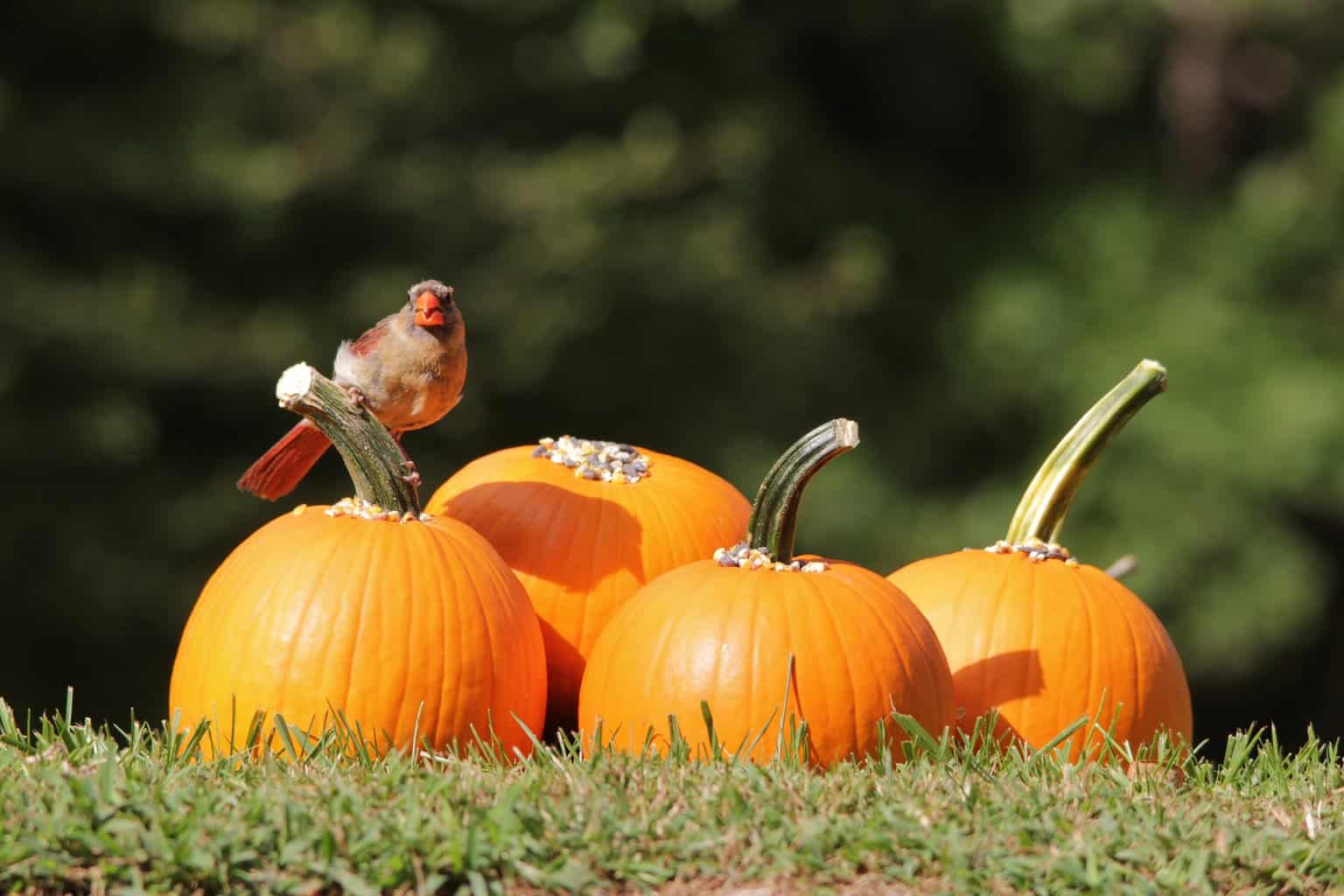
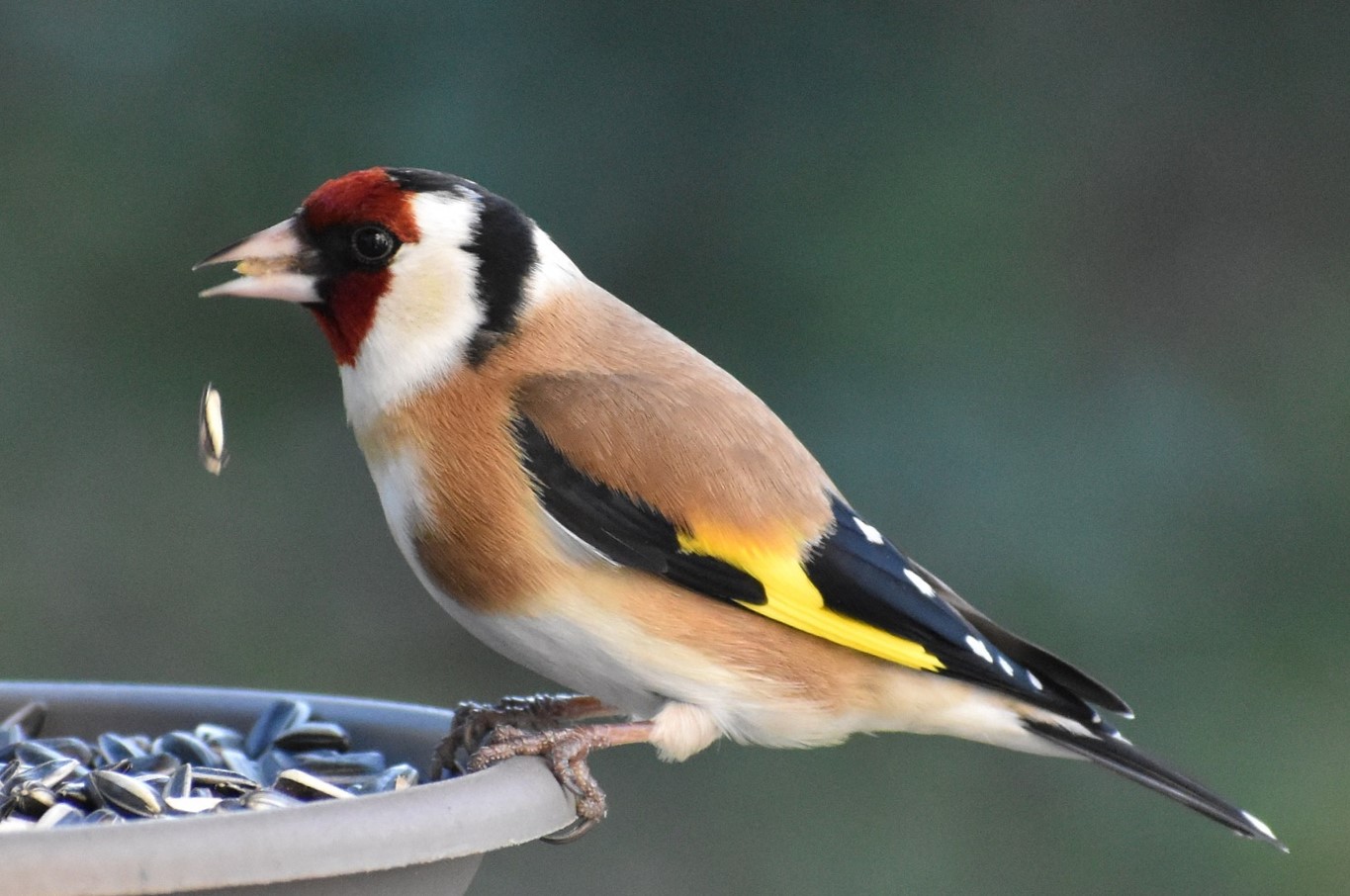
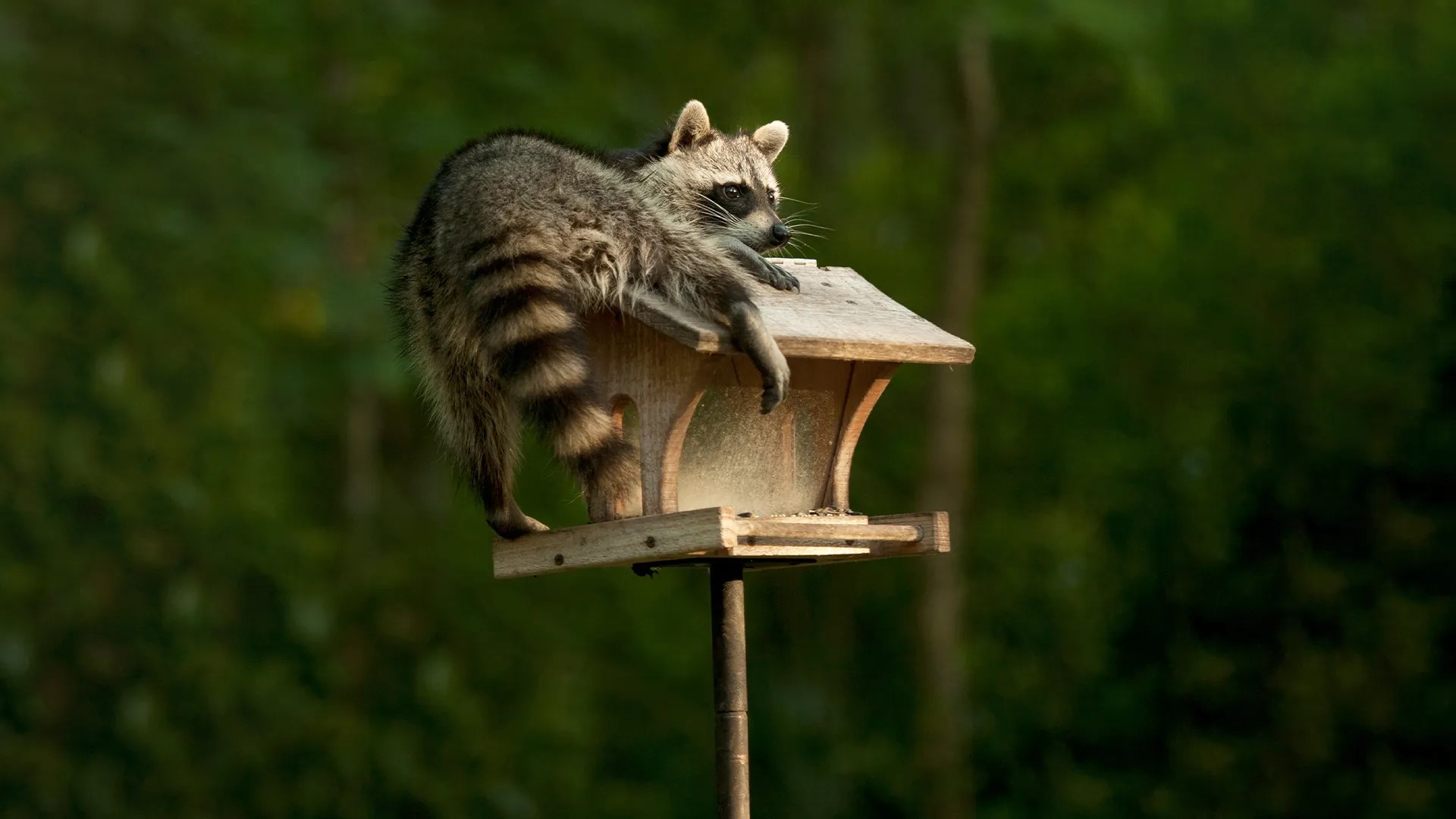
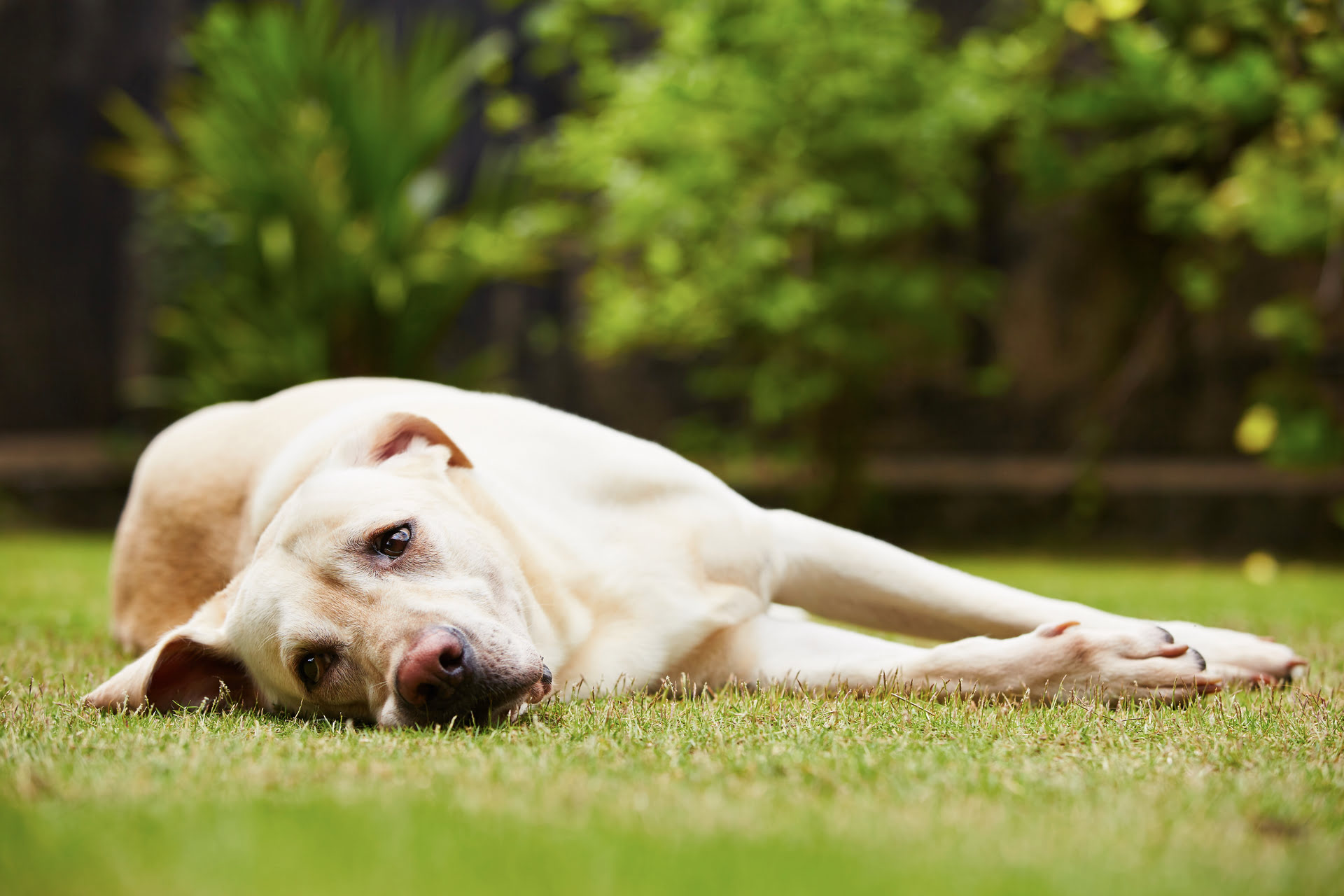
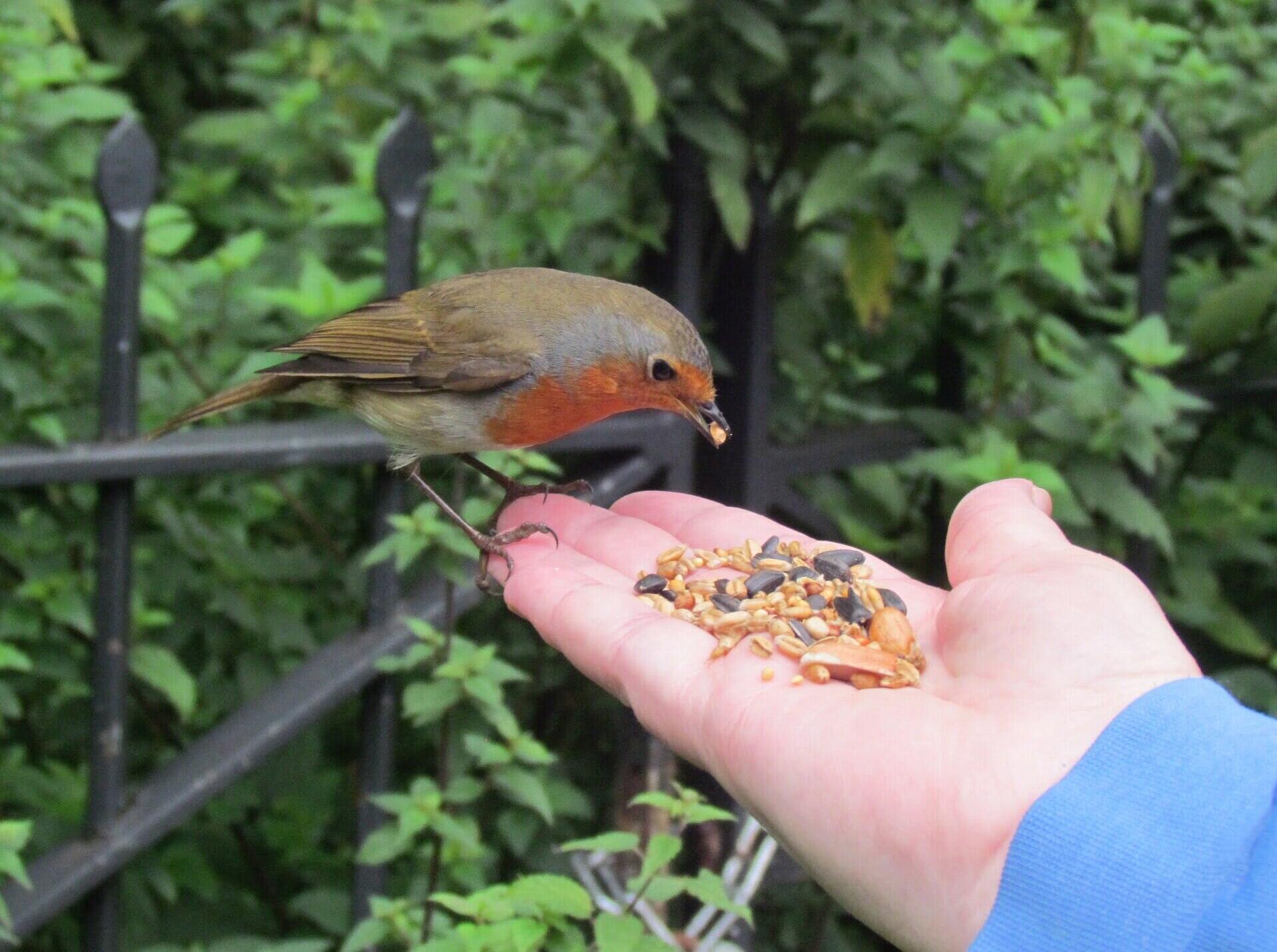
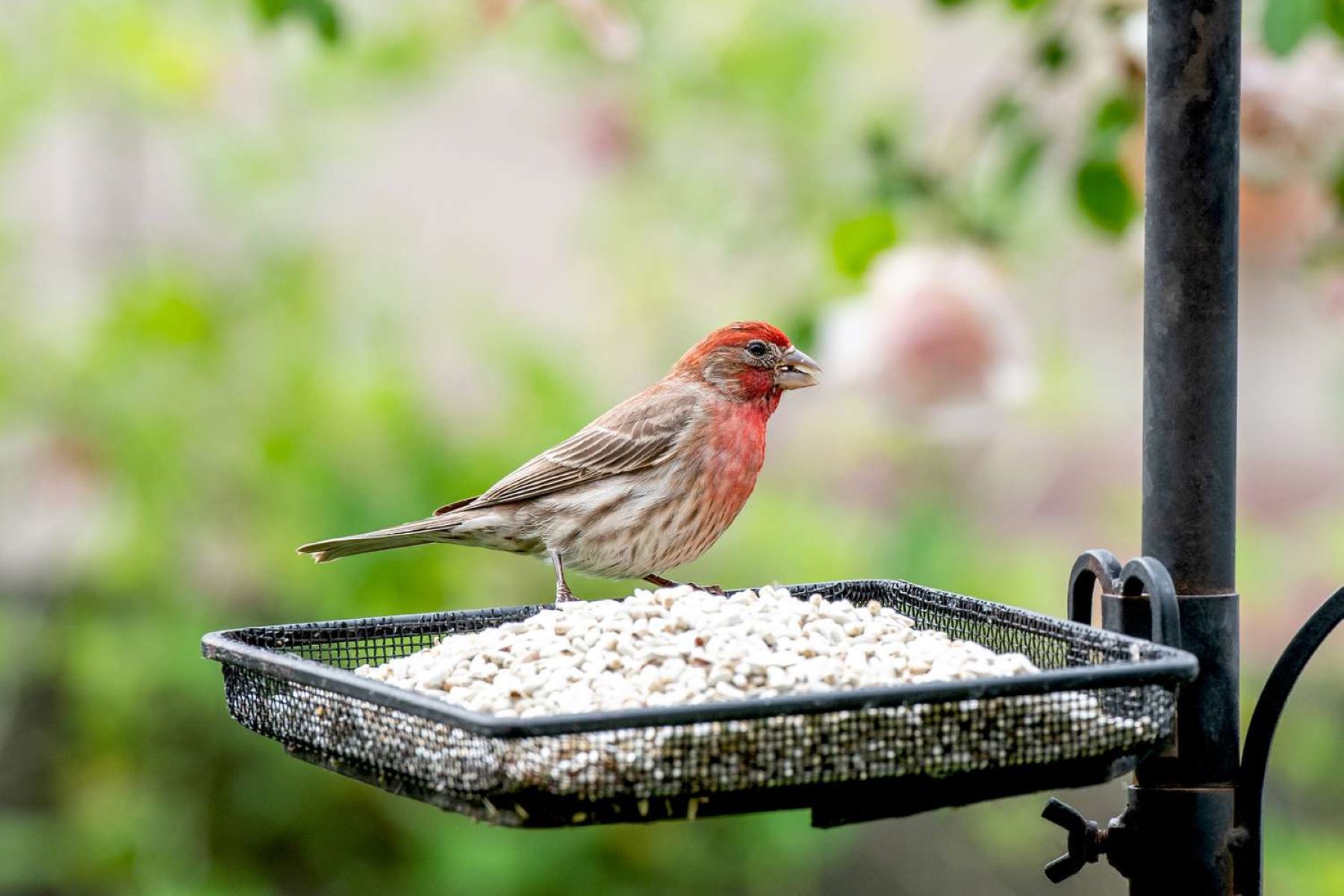
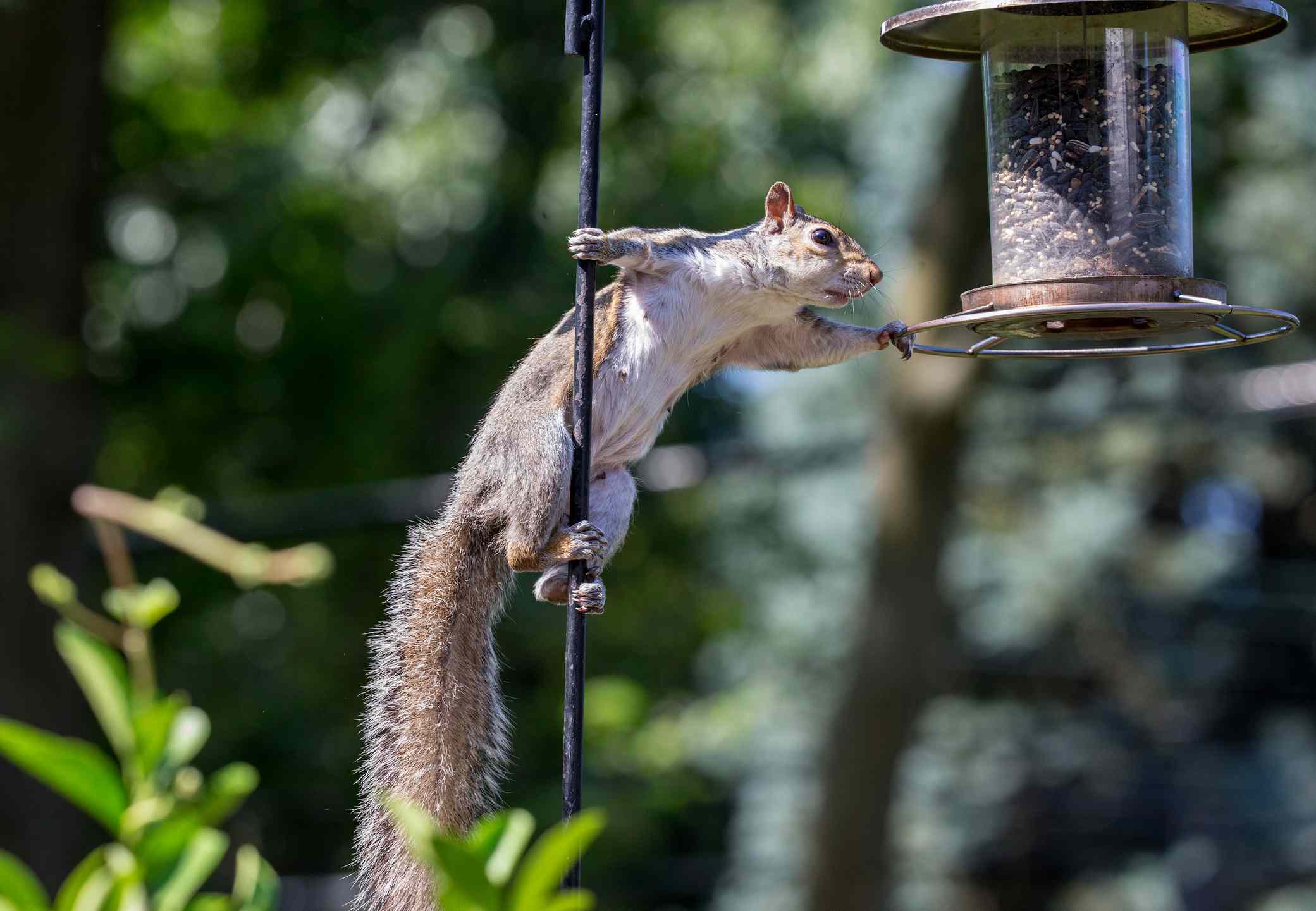
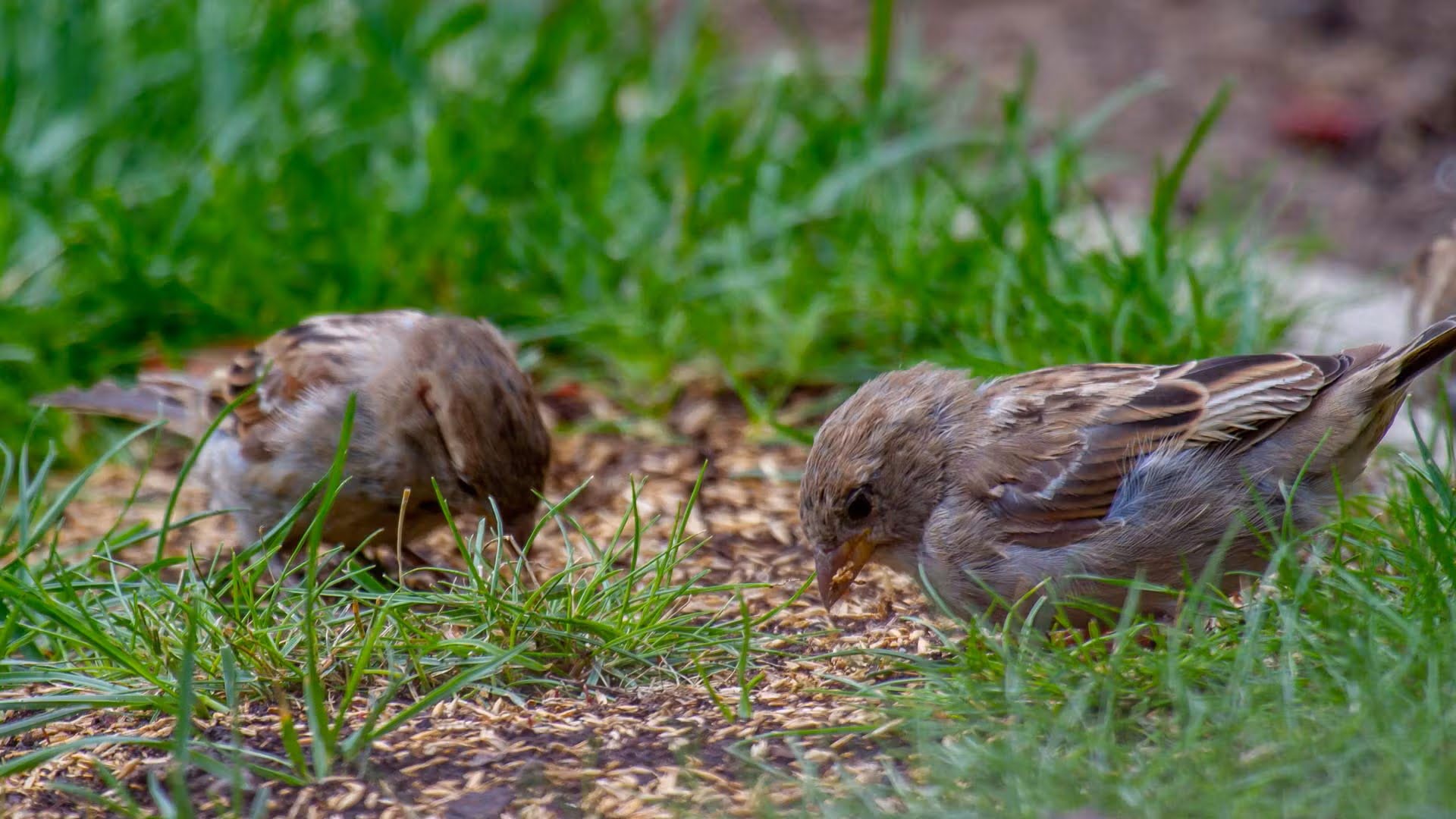
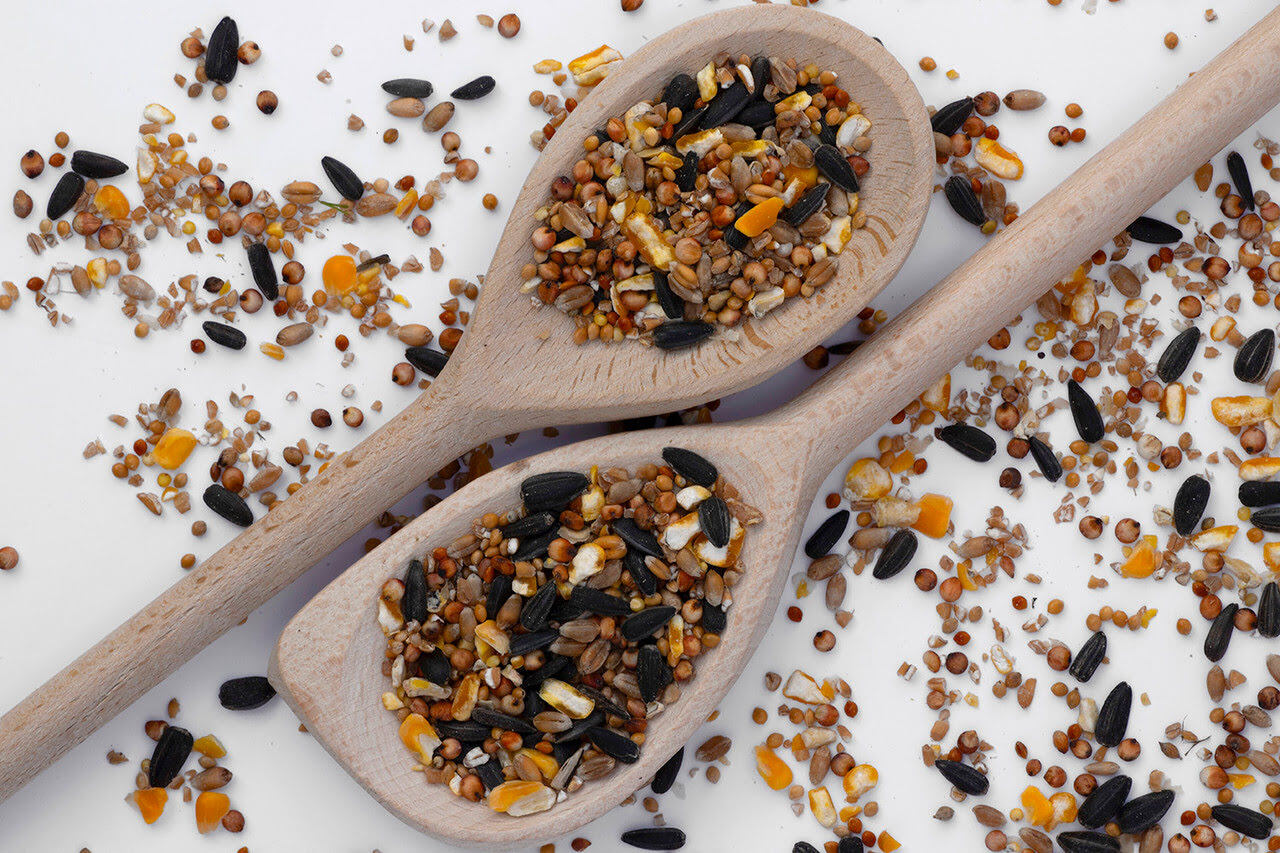
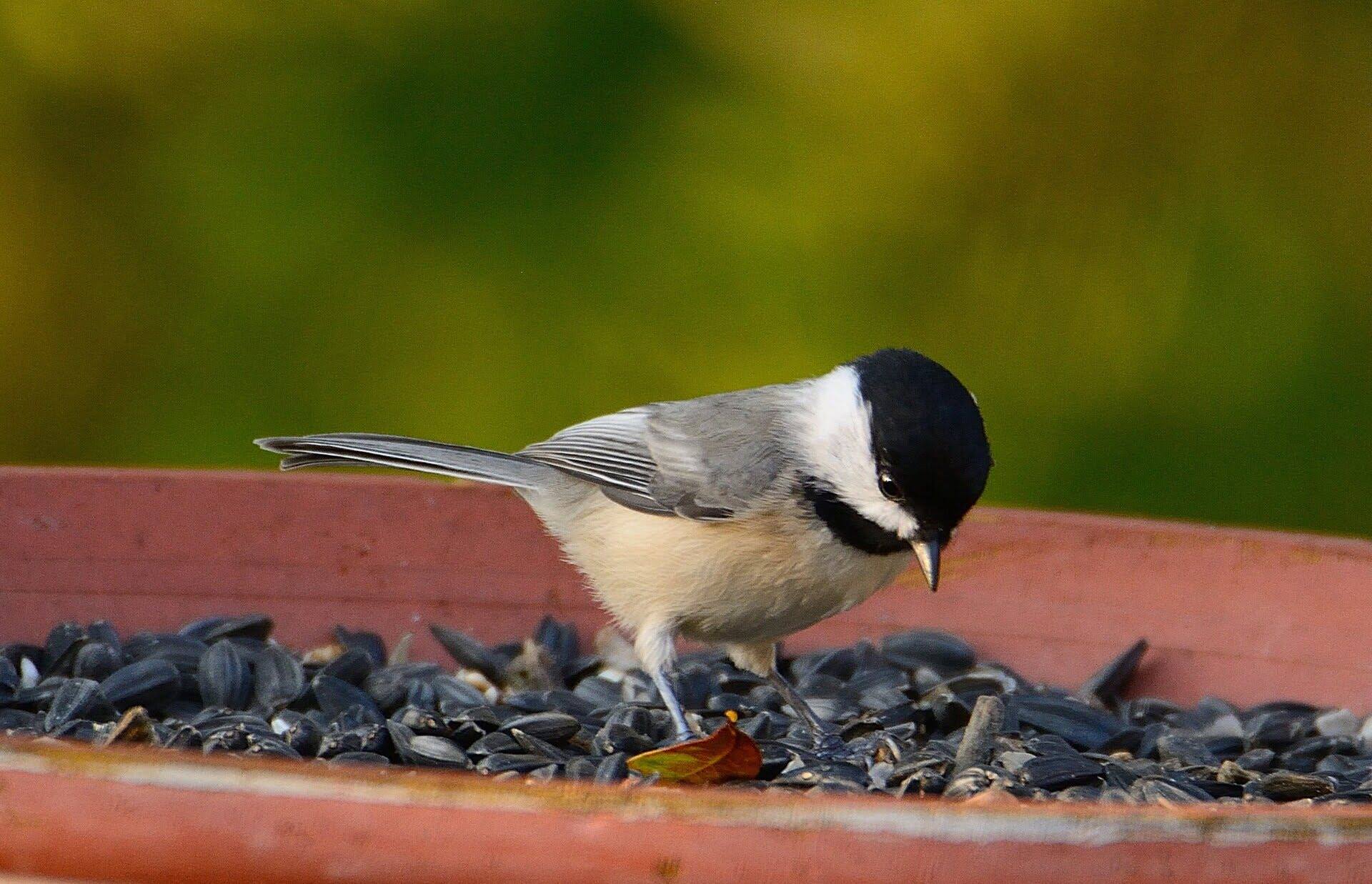

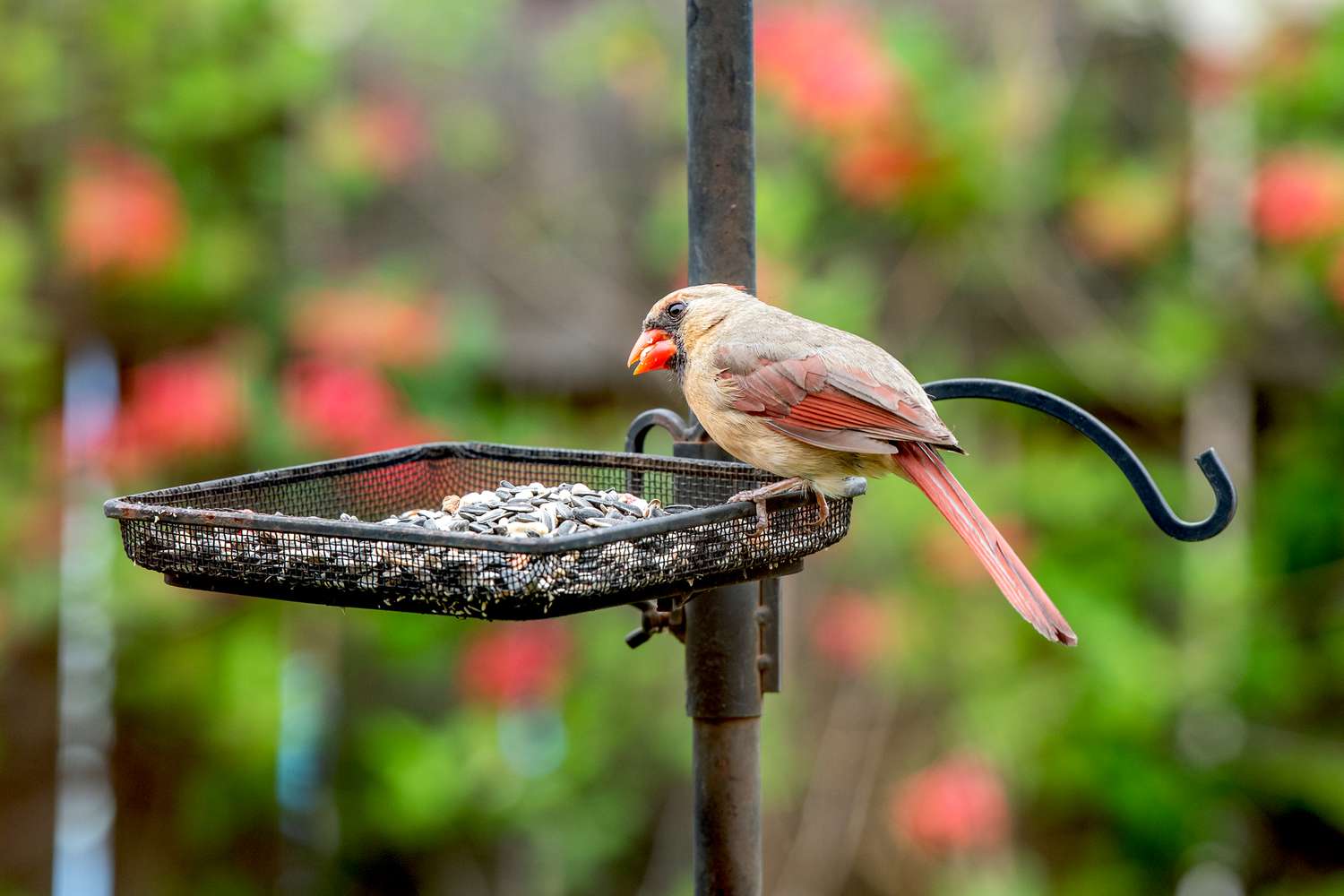
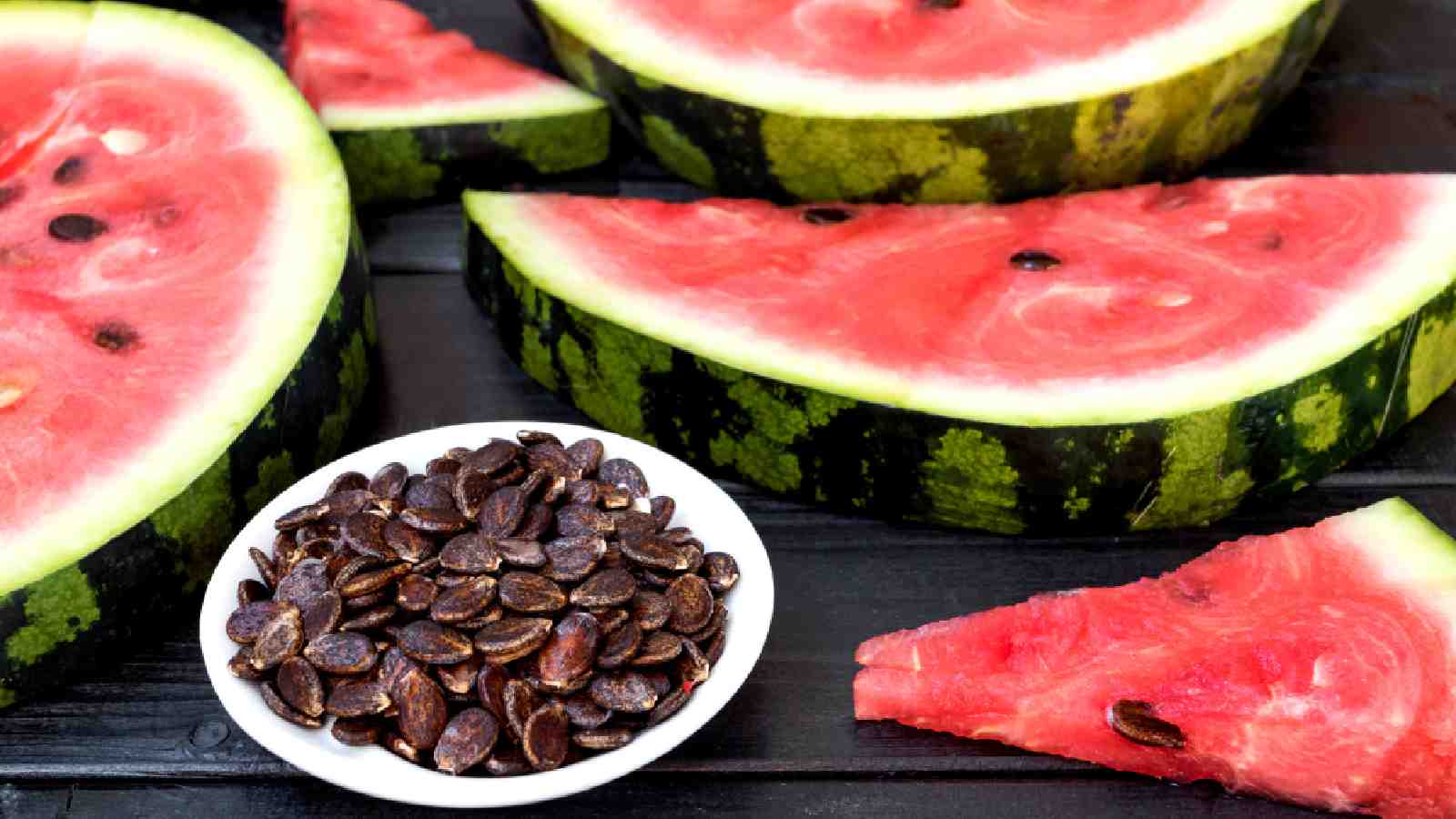
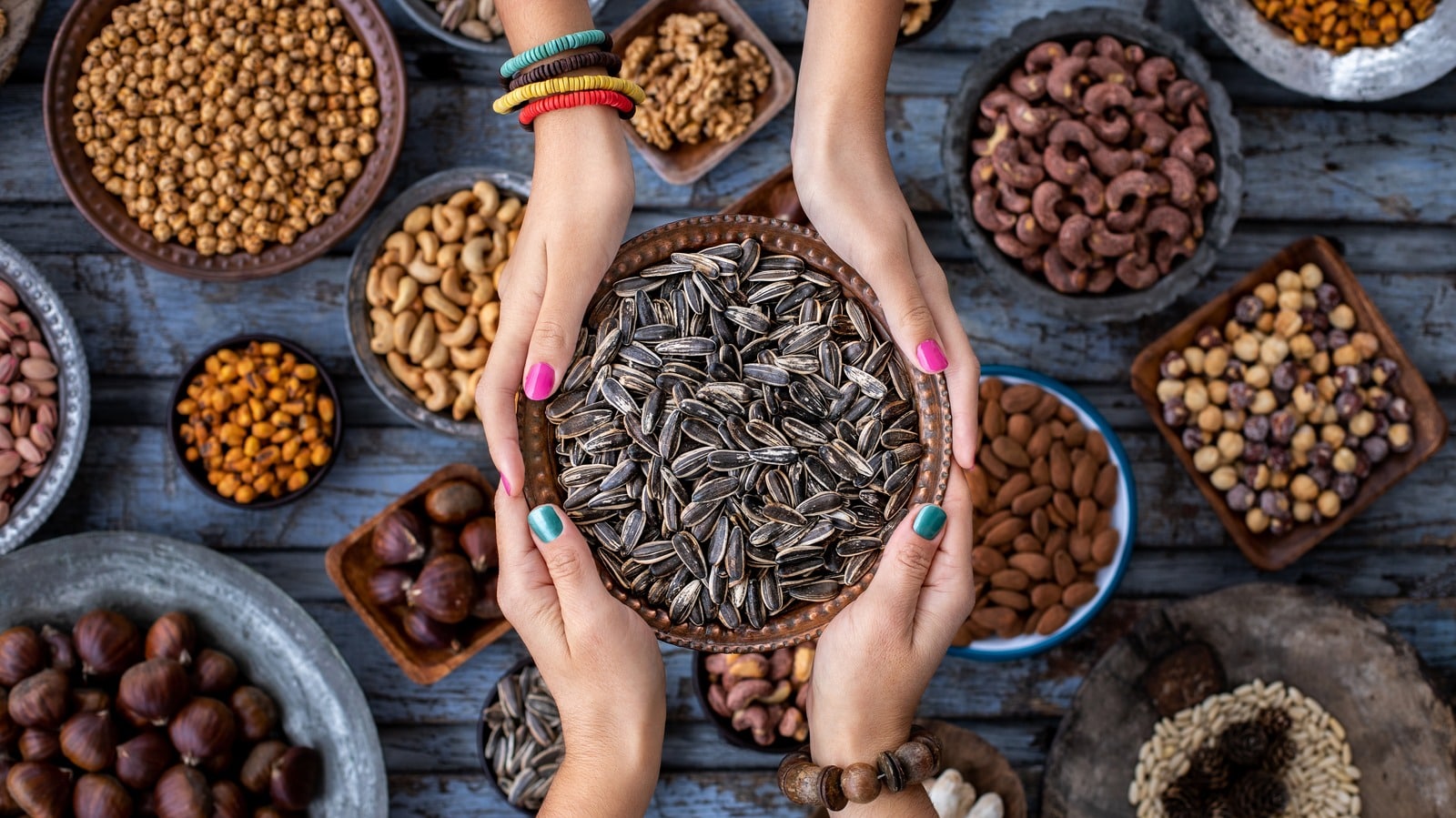

0 thoughts on “What Birds Eat Seeds”